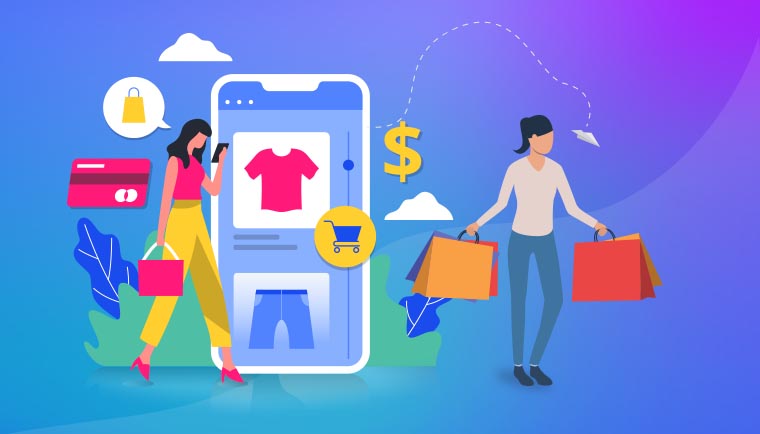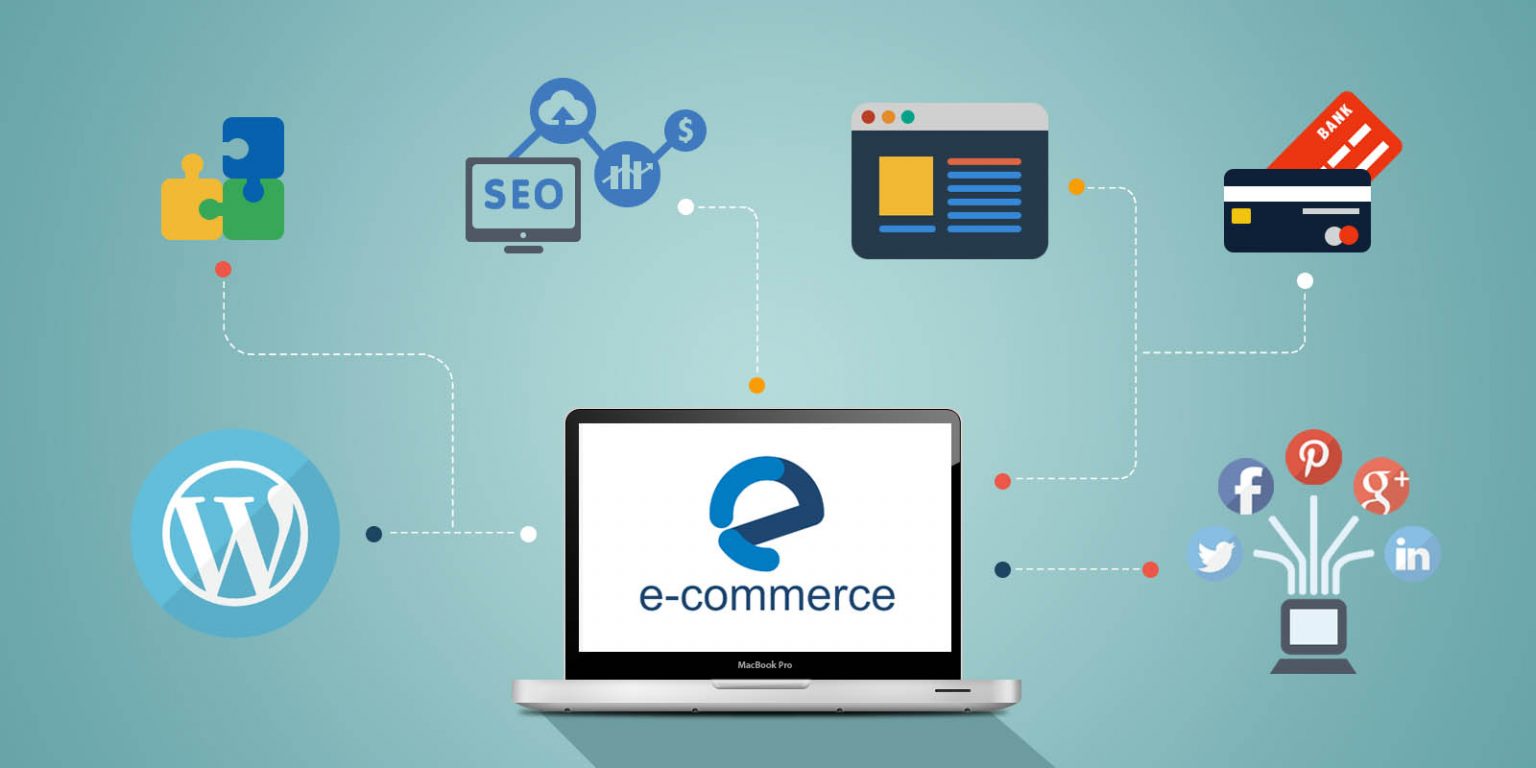Individuals do make a ton of online buys. Shoes, shades, drugs, office tables you know, things. Lockdown and pandemic started an eCommerce blast considerably more. Making buys through an eCommerce application turned into the most advantageous and the best way to purchase things up until this point.
For online business sites, SEO is an outright should. Website optimization will help your internet business web page rank higher in web search tools and increment natural inquiry traffic. With such countless individuals utilizing Google to explore buys, both at home and in a hurry, it’s basic to have site and item pages that are advanced.
E-Commerce SEO is a mix of numerous enhancement strategies to help better quest rankings for web-based business entries and their singular item pages. This incorporates off-page and on-page for the internet-based store stage, custom third-party referencing efforts, content showcasing, and force to be reckoned with outreach crusades. Some of the highest-rankede-Commerce SEO companies are Higher Visibility, Distilled, Acronym, etc. Go through the next link to check out the best eCommerce SEO company.
What are the reasons to build an e-Commerce mobile app?

Establishing an e-commerce app that can be accessed and operated from virtually anywhere at any time is becoming more of a necessity for any business’s efficient performance today. If we have to justify why having an application to supplement an e-commerce business is a must-have, a simple list of benefits can be persuasive enough for retail or e-commerce business owners to think about as they make their decision.
- The Rise of M- Commerce. Because they have these devices with them at all times, most people use them to make online purchases with just one tap. As a result, having a mobile commerce app is only half the battle.
- Small and new businesses can benefit from a variety of programs. It makes it simple to attract customers. Aids in the growth of sales.
- Corona virus sped up the eCommerce blast fundamentally and significantly affected how they purchase products. The millennial preference is for everything to be mobile.
- Better customer service is possible as a result of this.
- Allows for customization of offerings makes it simple to establish a customer-centric company.
- Contactless payments are enabled by a simple analytical analysis of all activities.
Types of e-Commerce apps
The applications that will support the operations will differ depending on the various business models that exist. The applications are differentiated by their features and functionalities. There’s a decent possibility you’ll be categorized as one of these four general classes to begin a web-based business –
- B2B eCommerce mobile apps are primarily those that are used for business-to-business purchases.
- B2C applications fill their needs in business to the client framework. It just implies that there is an eCommerce portable application that sells labor and products straightforwardly to individual clients.
- C2C is a strategy that engages customers to trade with each other, intermittently in an online environment.
- C2B is a plan of action wherein shoppers (people) make worth and organizations burn through that worth.
There are, however, other types of models in use, and some businesses use a combination of two or more models. Choose an app type that allows for easy exchange of commodities and assets over the channel based on the type of transactions expected as part of the business model.
Interesting points prior to fostering an eCommerce application
- Goal. Be very clear about your eCommerce business goals before you start the eCommerce mobile app development process. Before you start building an online shopping app, make a list of your eCommerce business objectives.
- Budget. When you first start on this new venture, the most important thing to consider is your budget. Because your budget will determine the type of eCommerce mobile app you develop.
- Technology. This is the most complicated factor to consider, as the decision you make now will have an impact on the future of your eCommerce Mobile App. You can choose from a wide range of technologies, both established and emerging, for your eCommerce mobile app development.
- Security. Your eCommerce platform has access to sensitive information about your company, including personal information and credit card information. Cyber threats are the most prevalent reality in today’s Internet landscape, and businesses must be cautious with their data.
- Competition. After a thorough competitor analysis, you’ve figured out their secrets to success, and when you combine your strategies, who knows, you might end up with something that can propel your company to new heights.
How to build the app?
- Research. During this time, we conduct competitor research and user interviews, which are critical for analyzing the target audience’s behavior and patterns. It also aids in the selection of the appropriate app platform and feature set for our target audience.
- Determine Your Objectives. Setting the goals for your business is the foundation of an eCommerce mobile app development.
- Select the Correct Platform. Before deciding which technology to use for eCommerce application development, learn everything there is to know about your company. Your target audience’s device usage is a major consideration
- Specify the Feature Set. You now have a better understanding of what problems your product needs to solve and which features can satisfy this end-user because you already have user feedback, expert opinions, trends, and the desire to outdo your competitors.
- Create UX UI Design. In eCommerce apps, the experience must go beyond in-person shopping, and UX UI design is an opportunity to stand out. For your target customers, the design will be your voice and brand identity.
- Create a Minimum Viable Product. The MVP stage is when you should concentrate on the most important and limited features of your eCommerce app. MVPs are designed to find out what users think of a product, reduce development time, reduce risks, and better allocate resources.
- Collecting input. It’s time to start collecting customer feedback once the MVP has been released. It’s a method for analyzing how users interact with your app, collecting feedback, and identifying areas for improvement. Feedback is important because it enables you to determine what works and what doesn’t for your target audience.
Wrapping Up
To cut a long story short, today’s eCommerce business is booming for a variety of reasons, including increased smartphone usage, pandemic, consumers’ desire to try new things, and other global factors.
Having an eCommerce app gives your company several advantages, ranging from faster access to customers to a competitive advantage. We also looked at the top players in the eCommerce industry, so you now know what to look out for. The bottom line in the overall eCommerce app development process is to keep the customer in mind and find the most user-friendly solution possible.
